
General elections were held in Denmark on 11 March 1998. Although the centre-right parties led by Venstre had been expected to win, the Social Democratic Party-led government of Poul Nyrup Rasmussen remained in power in a very close vote that required several recounts.

Elections in Antigua and Barbuda take place in the framework of a parliamentary democracy.

The United National Democratic Party was a political party in Antigua and Barbuda. It contested the 1989 general elections, winning 31% of the vote but only one seat. In 1992 it was one of three opposition parties to merge into the United Progressive Party.
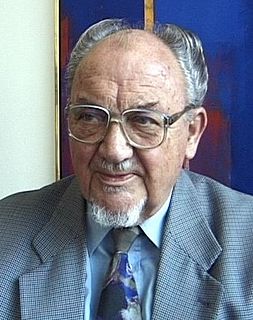
General elections were held in Denmark on 10 January 1984, after the opposition voted against the government's state budget bill. Although the Social Democratic Party remained the largest in the Folketing with 56 of the 179 seats, the Conservative People's Party achieved its best-ever result, gaining 16 seats. The coalition partners Venstre and the Christian People's Party also increased their representation, although the fourth government party, the Centre Democrats, lost seven of their 15 seats. Overall the coalition won three more seats, and Poul Schlüter continued as Prime Minister.
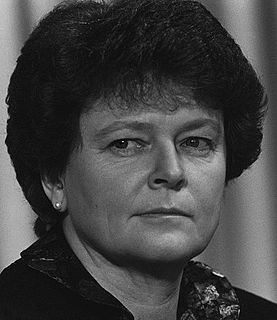
Parliamentary elections were held in Norway on 10 and 11 September 1989. The Labour Party remained the largest party in the Storting, winning 63 of the 165 seats.
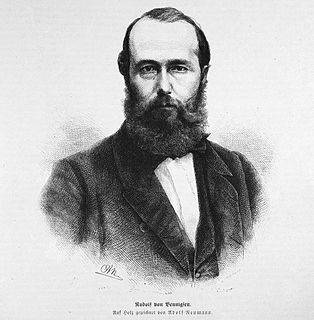
Federal elections were held in Germany on 30 July 1878. The National Liberal Party remained the largest party in the Reichstag, with 99 of the 397 seats. Voter turnout was 63.4%.

General elections were held in Antigua and Barbuda on 9 March 1999. The elections were won by the governing Antigua Labour Party. Lester Bird was re-elected Prime Minister of Antigua and Barbuda. Voter turnout was 63.6%.
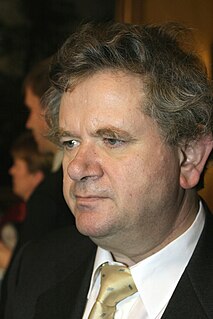
Parliamentary elections were held in Iceland on 8 April 1995. They were the first elections after the Althing became a unicameral parliament in 1991. The Independence Party remained the largest party, winning 25 of the 63 seats.

Parliamentary elections were held in Iceland on 8 May 1999. The Independence Party remained the largest party in the Althing, winning 26 of the 63 seats.

Parliamentary elections were held in Norway in 1891. The result was a victory for the Liberal Party, which won 63 of the 114 seats in the Storting. The Conservative Party and the Moderate Liberal Party contested the elections in an alliance, although separate lists were used in some constituencies.
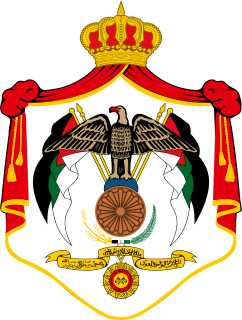
General elections were held in Jordan on 29 August 1951. As political parties were banned at the time, all candidates ran as independents, although some affiliated with the Jordanian Communist Party, the Ba'ath Party the Arab Constitutional Party and the Umma Party all won seats.

Constitutional Assembly elections were held in Syria on 16 November 1949, with a second round on 25 November. The result was a victory for the People's Party, which won 63 of the 114 seats.

General elections were held in Cambodia on 21 December 1947. The Democratic Party won 44 of the 75 seats.

General elections were held in Cambodia on 9 September 1951. The Democratic Party won 54 of the 78 seats.

General elections were held in Cambodia on 10 June 1962. Sangkum was the only party to contest the election, and won all 77 seats.

General elections were held in Cambodia on 11 September 1966. Sangkum was the only party to contest the election, and won all 82 seats.

General elections were held in Mexico on 4 July 1982. The presidential elections were won by Miguel de la Madrid, who received 74.3% of the vote. In the Chamber of Deputies election, the Institutional Revolutionary Party won 299 of the 372 seats, as well as winning 63 of the 64 seats in the Senate election. Voter turnout was 74.8% in the presidential election and 72.6% and 66.4% for the two parts of the Chamber elections.
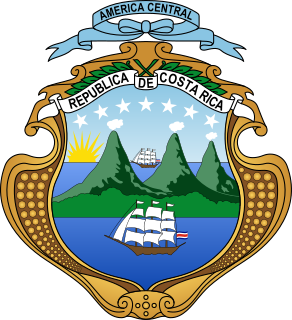
Mid-term parliamentary elections were held in Costa Rica on 8 February 1942. The result was a victory for the Independent National Republican Party, which received 63.3% of the vote. Voter turnout was 74.0%.

General elections were held in Cuba on 1 December 1905. Tomás Estrada Palma won the presidential election, whilst his Moderate Party won all twelve seats in the Senate and 31 of the 32 seats in the House of Representatives, winning 27 of the 63 seats. Voter turnout was 74.0%.
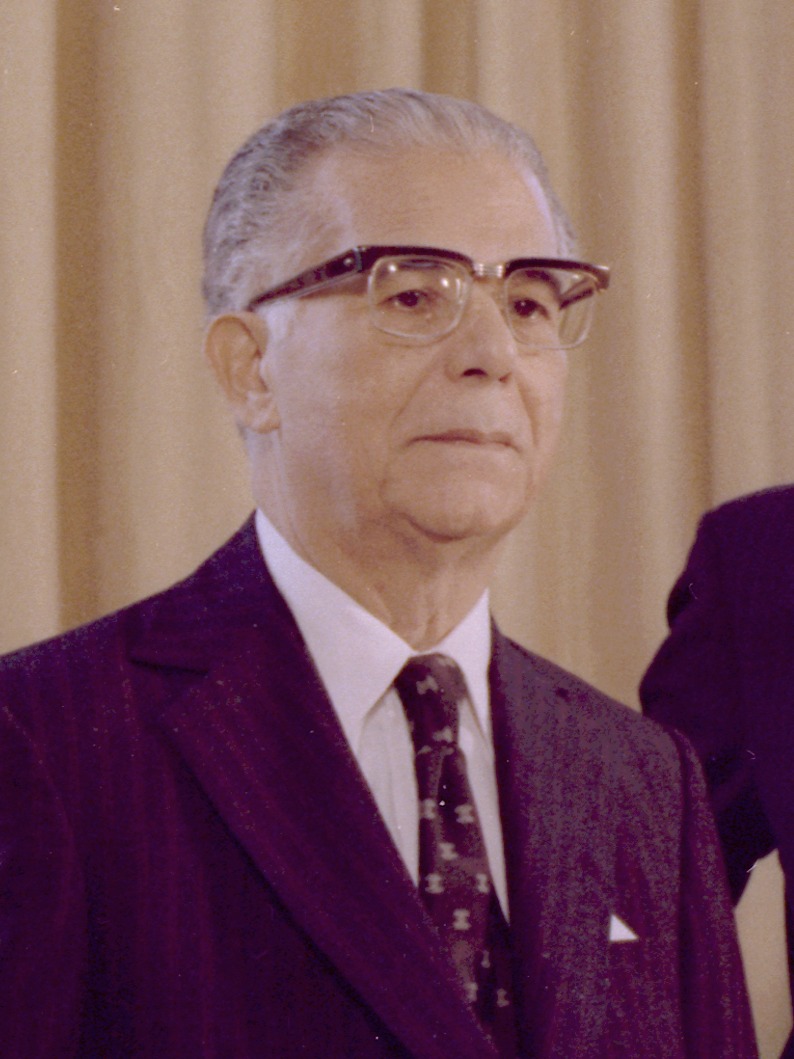
General elections were held in the Dominican Republic on 16 May 1970. The main opposition party, the Dominican Revolutionary Party, did not contest the election, leaving only the ruling Reformist Party and some right-wing and centre-right parties. Incumbent Joaquín Balaguer won the presidential election, whilst his Reformist Party won the Congressional elections. Voter turnout was 63.5%.


















